Decoding Seed Round Valuations: Essential Techniques for Early-Stage Funding
The content should cover all the required points. Navigating the Wild West: Mastering Seed Round Valuation Techniques in 2024 The startup landscape is more dynamic than ever. From the explosive growth of Web3 and AI to the evolving complexities of global markets, investors are facing unprecedented challenges in identifying promising ventures. A critical first step in securing funding is understanding how to determine the appropriate valuation. This is where seed round valuation techniques come into play. Accurately assessing a startup's worth isn’t an exact science but a strategic evaluation balancing potential with risk. This post dives deep into the key methods, trends, and considerations shaping startup valuation in today's rapidly evolving economy. Whether you’re a founder preparing for a seed round or an investor seeking promising opportunities, this guide will equip you with the knowledge you need to navigate the complexities of early-stage funding. Beyond the Hype: Understanding the Importance of Accurate Valuation Why is accurate startup valuation so crucial? Beyond simply securing investment, a well-defined valuation sets the stage for future fundraising rounds and establishes a realistic understanding of company performance. An overvalued company might struggle to meet future expectations, while an undervalued one could leave money on the table. It's a delicate balance. Furthermore, the valuation significantly impacts equity distribution, employee morale, and the long-term sustainability of the business. Ignoring sound seed round valuation techniques can lead to significant problems down the road, impacting growth trajectory and investor relations. Key Methods for Determining Seed Round Valuation Several methods exist for determining seed round valuation, each with its own strengths and weaknesses. The most commonly used include: 1. Risk Factor Summation Method: This approach starts with an average pre-money valuation for similar startups and then adds or subtracts points based on various risk factors. Management Team: Strong, experienced teams command higher valuations. Market Size: Large, growing markets are attractive to investors. Product/Technology: Innovative, differentiated products fetch premium valuations. Competitive Landscape: A less crowded competitive environment is viewed favorably. Funding Requirements: Lower funding needs translate to better valuations. Other Factors: Includes factors like intellectual property, business model, and traction. The points added or subtracted are assigned based on a pre-defined scale. The final valuation is calculated by multiplying the base valuation by the weighted sum of these factors. This method is subjective but provides a structured framework for evaluation. 2. Scorecard Valuation Method: Similar to the Risk Factor Summation, this method involves comparing the target startup to other funded companies in the same industry. A standardized scorecard with weighted criteria (market size, team strength, product, etc.) is used to assess the startup's performance relative to its peers. This method relies on benchmarking and is particularly useful when comparable data is available. 3. Venture Capital Method: This method projects future exit values and discounts them back to the present using a high discount rate reflecting the risk associated with early-stage investments. It's a more complex method requiring detailed financial projections and market analysis. The result is derived from determining the required rate of return for the investor, based on risk assessment and investment timeline. 4. Berkus Method: This method is commonly used for pre-revenue startups. It assigns a value range (typically between $0 and $500,000) based on the achievement of key milestones: Sound Idea: Does the startup have a viable concept? Prototype: A working prototype validates the idea. Quality Management Team: A strong team is essential. Strategic Relationships: Partnerships and alliances can boost valuation. Product Rollout/Sales: Demonstrating early traction increases value. The Rise of AI and Automation: Impact on Seed Round Valuation Artificial intelligence and automation are profoundly impacting seed round valuation. Startups leveraging AI have seen significant valuations, often commanding premium prices due to the potential for disruptive innovation. Investors are keen to back companies that are building solutions in areas like: Machine Learning: Developing and deploying ML algorithms. Natural Language Processing (NLP): AI-powered language understanding. Computer Vision: AI for image and video analysis. Robotics and Automation: AI-driven automation solutions. Furthermore, companies leveraging AI for operational efficiency, particularly in areas like customer service and sales, are also experiencing higher valuations. The ability to automate tasks and improve productivity is a key driver of growth and investor appeal. Beyond Traditional Metrics: Alternative Valuation Approaches While revenue multiples were once the dominant metric, investors are increasingly looking at alternative valuation approaches, particularly in the current macroeconomic environment. These include: Customer Acquisition Cost (CAC) & Lifetime Value (LTV): Analyzing the cost of acquiring customers relative to their long-term value. A healthy LTV/CAC ratio signals sustainable growth. Gross Merchandise Value (GMV) for E-commerce: For e-commerce startups, GMV and gross profit margin are critical indicators. Monthly Recurring Revenue (MRR): For subscription-based models, MRR is a key performance indicator. Network Effects: Startups that benefit from network effects (e.g., social platforms) can command higher valuations due to their inherent scalability. Intellectual Property (IP) Strength: Strong patents, trademarks, and copyrights can significantly increase valuation. Seed Round Valuation: A Quick Comparison Method Description Pros Cons Best Suited For Risk Factor Summation Assigns points based on risk factors using a base valuation. Structured, relatively easy to understand. Subjective, requires determining point values. General use, good starting point. Scorecard Valuation Compares to similar funded companies using a weighted scorecard. Benchmarking, provides industry context. Requires comparable data, can be biased. Industries with ample comparable data. Venture Capital Method Discounts future exit values back to present. Reflects investor return expectations. Heavily reliant on financial projections, high discount rate sensitive. Companies with clear exit paths and financial models. Berkus Method Assigns values based on milestones achieved. Simple, suitable for pre-revenue startups. Subjective, may not accurately reflect future potential. Early-stage, pre-revenue startups. Preparing for Your Seed Round: Key Takeaways Determining the right seed round valuation is a critical step in securing funding. Remember to: Thoroughly research comparable startups. Develop realistic financial projections. Highlight your competitive advantages. Be prepared to negotiate. Consult with experienced advisors. The Future of Valuation: Generative AI & Automated Analysis The rise of Generative AI offers even more sophisticated startup valuation tools. AI agents can automate data gathering, generate financial models, and perform complex scenario analyses more efficiently than ever before. Imagine AI analyzing millions of data points to identify hidden growth drivers or assessing the potential impact of different market conditions on valuation. This technology is still nascent, but it promises to revolutionize how we approach startup valuation in the coming years. What are your thoughts? What seed round valuation techniques have you found most effective? Share your experiences and insights in the comments below! Don't forget to share this post with your network! You can also explore our resources on startup valuation.
Share this content:



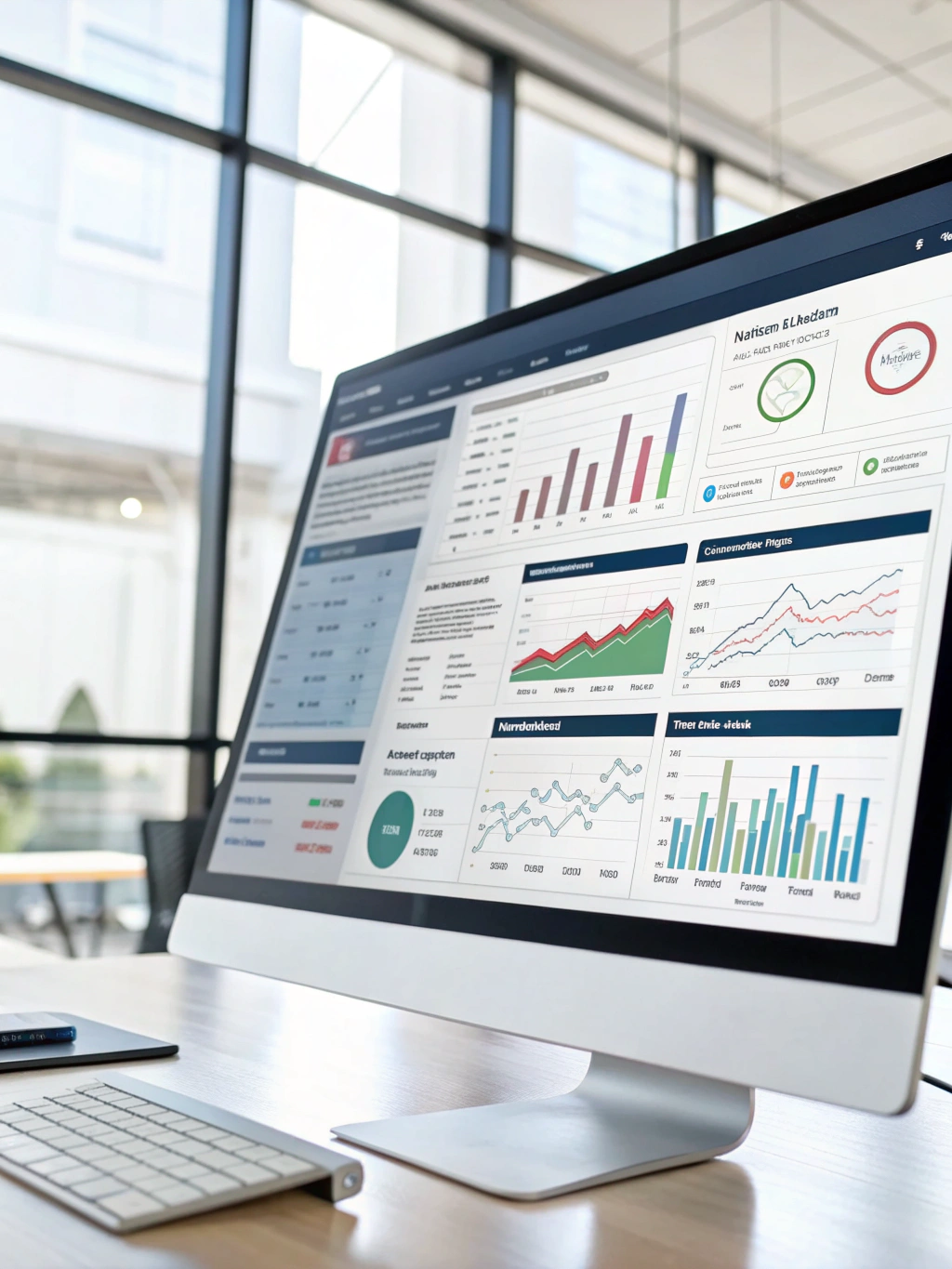


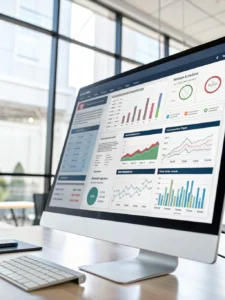


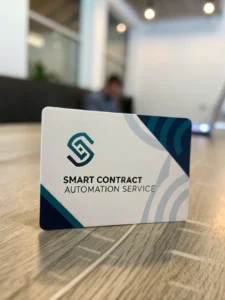
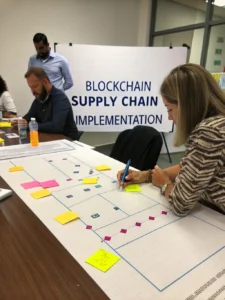
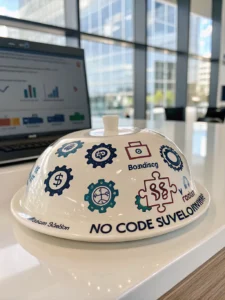

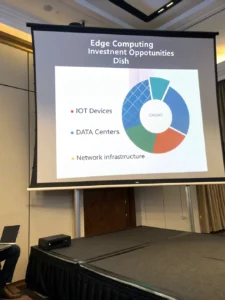
Post Comment